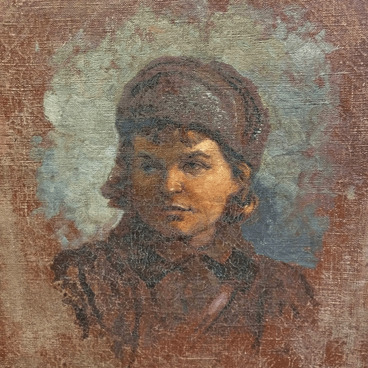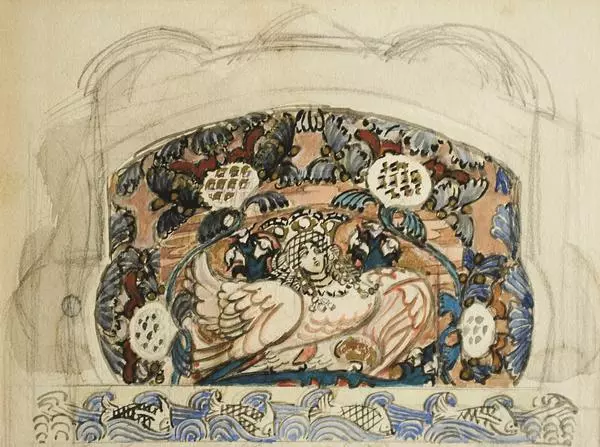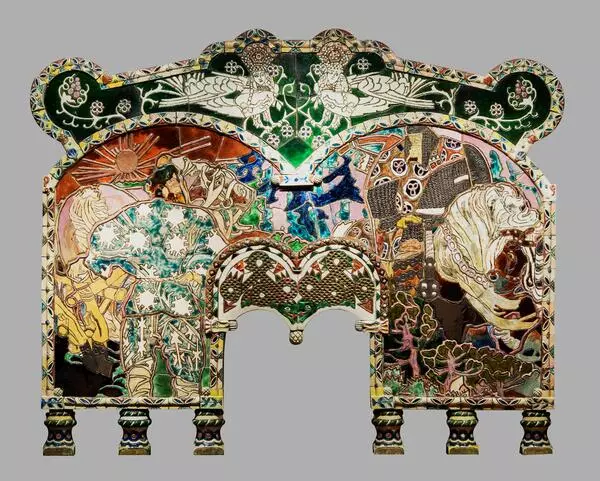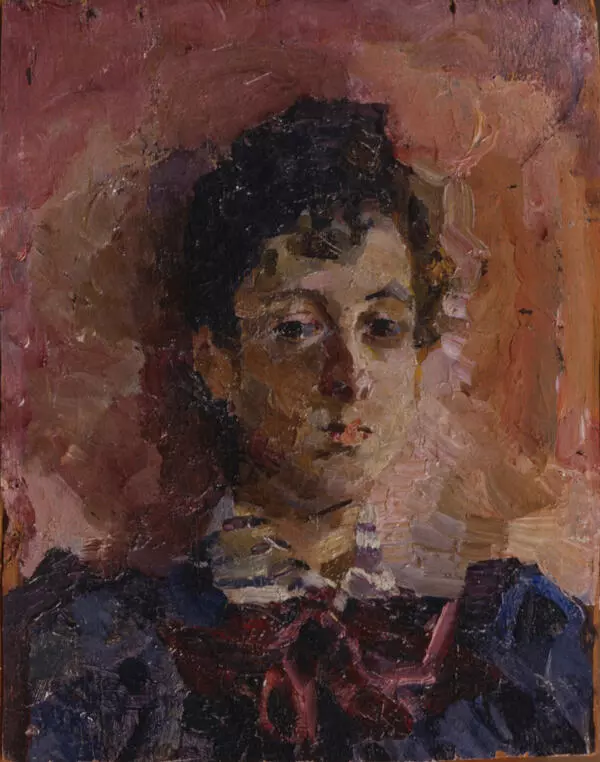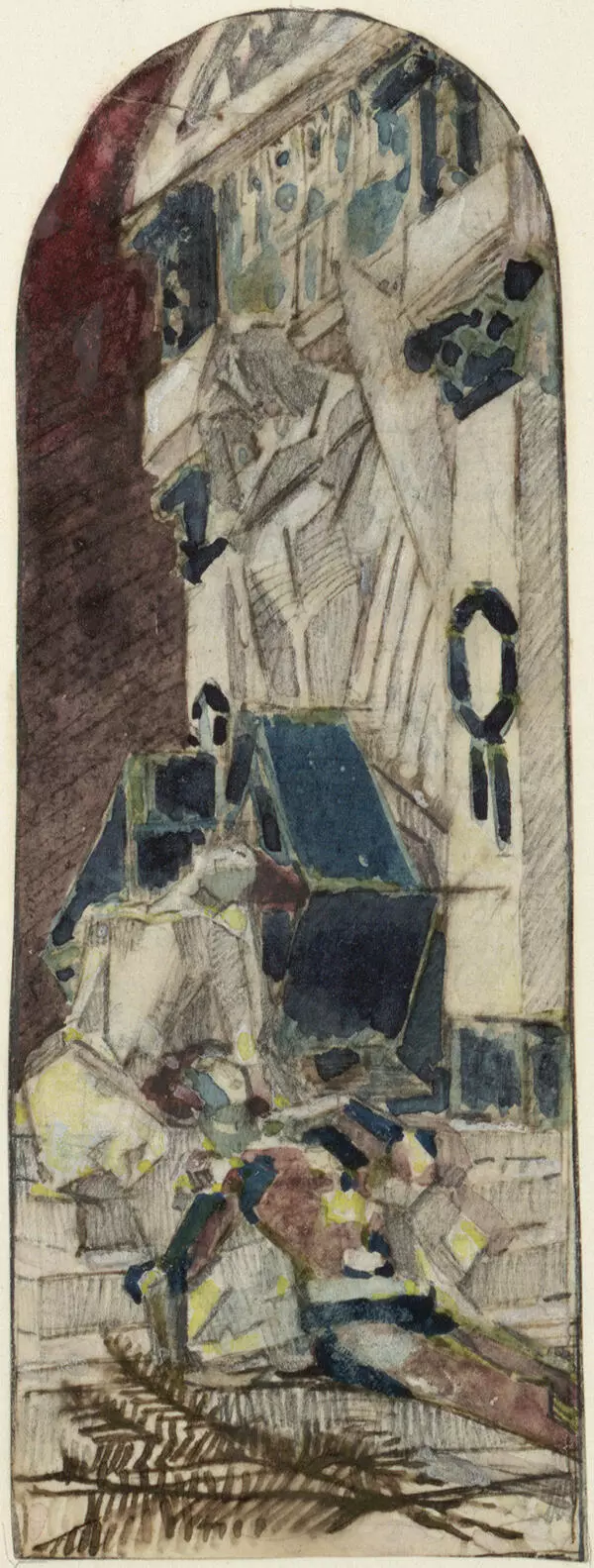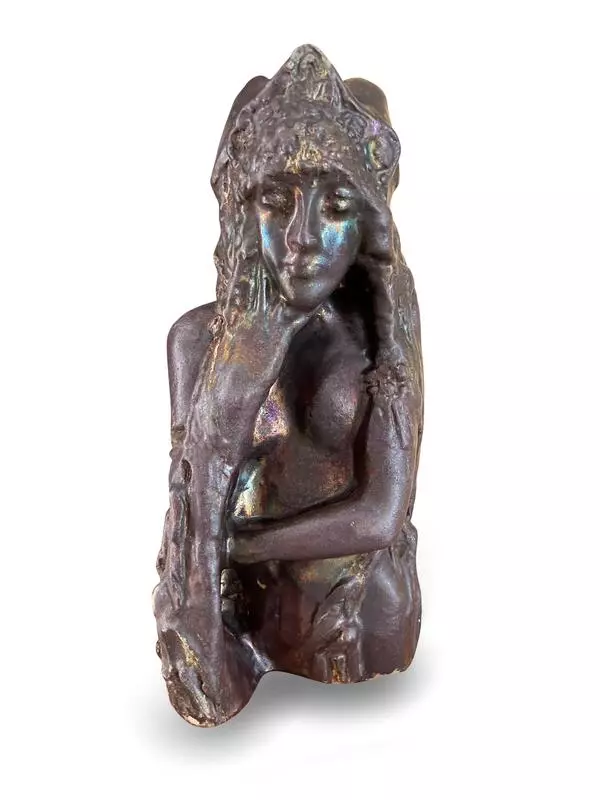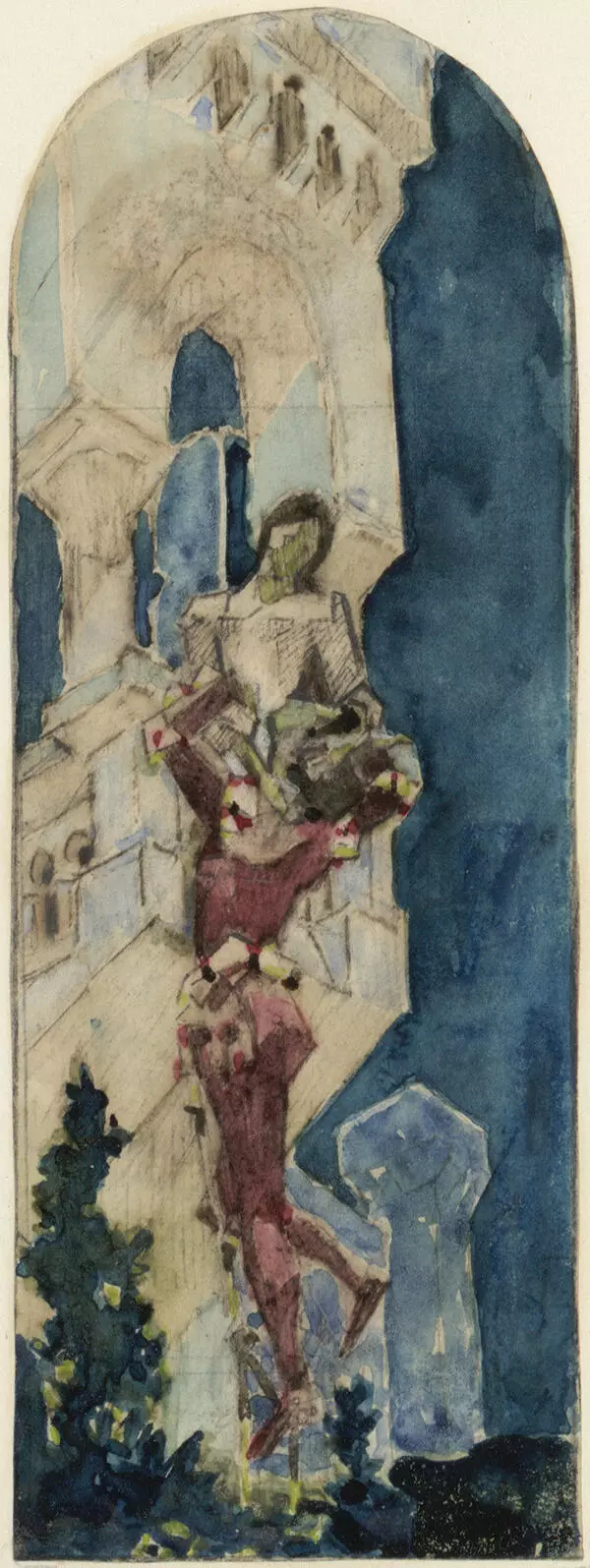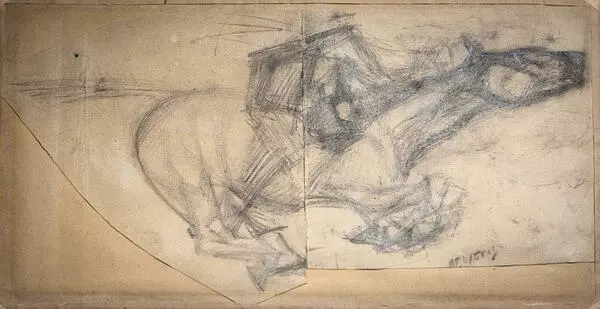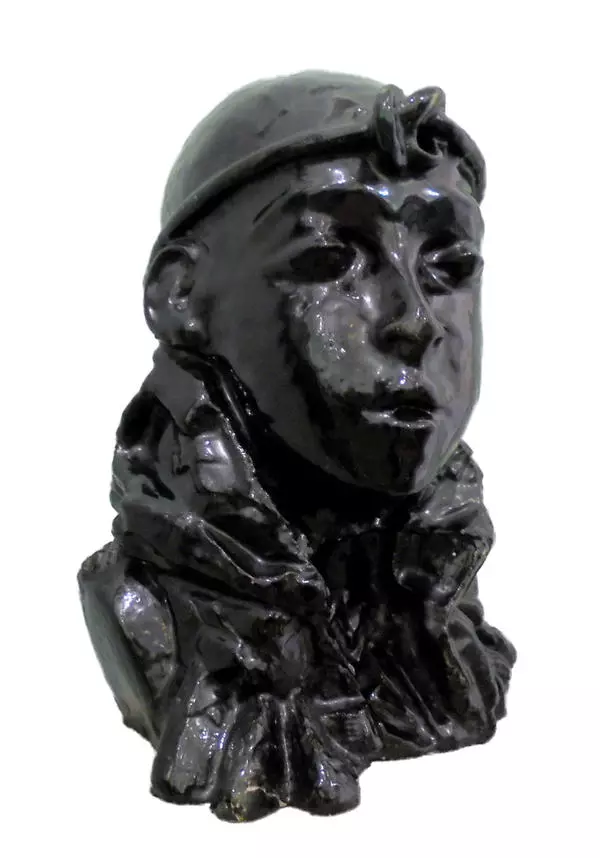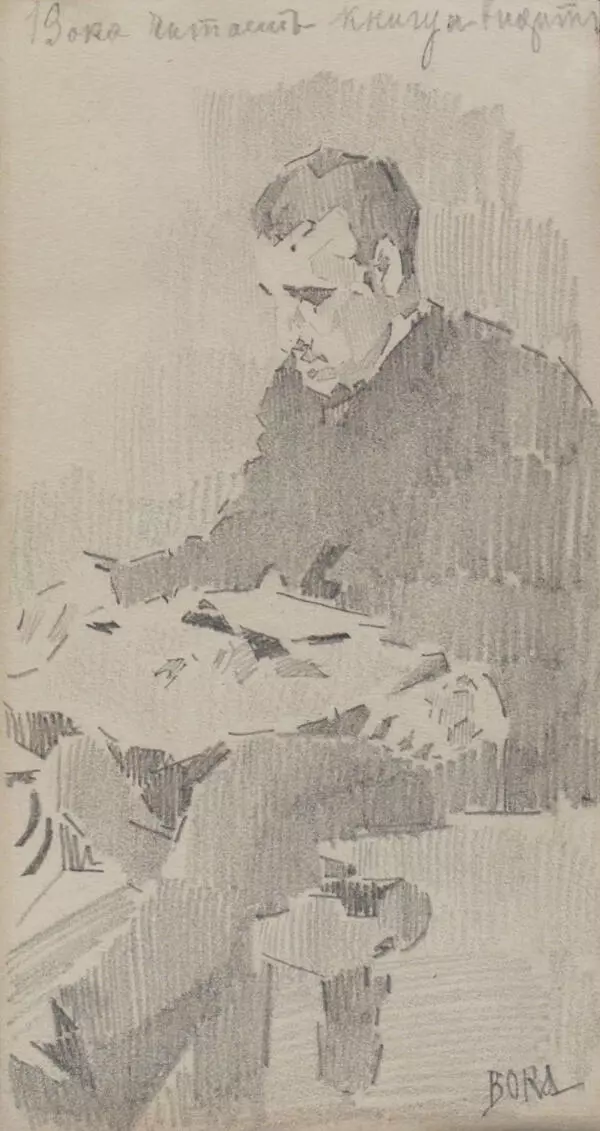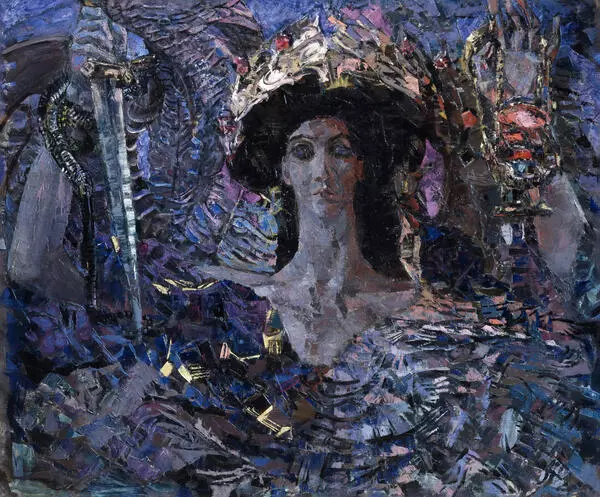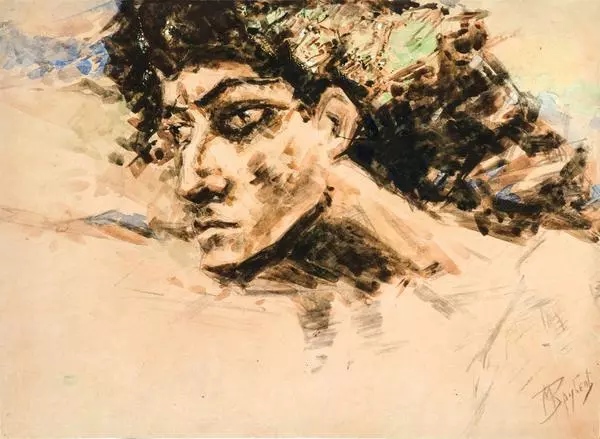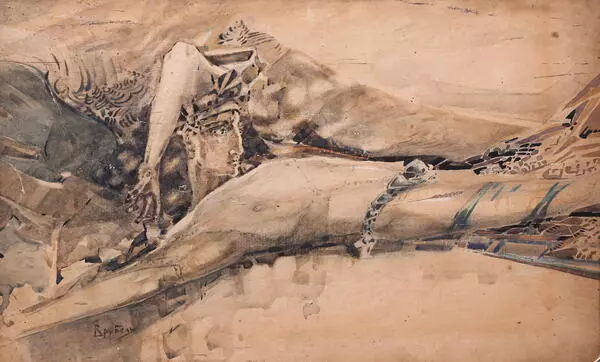Russian artist Mikhail Alexandrovich Vrubel (1856–1910) was born in Omsk, in the family of a senior staff adjutant of a Separate Siberian Corps. He showed his talent in easel and mural painting, graphics, sculpture, applied and theatrical decorative art. Mikhail Alexandrovich was a prominent representative of symbolism and Russian Art Nouveau, and worked closely with the artistic association “World of Art.”
Music occupied an important place in Mikhail Vrubel’s life and had a huge impact on his work. The artist’s wife, Nadezhda Ivanovna Zabela-Vrubel, was a famous soprano opera singer. In the opera “Sadko, ” she performed the role of Volkhova, the daughter of the Sea Tsar.
At the turn of the 1890s and the 1900s, the master created a number of decorations for the operas of Nikolai Andreyevich Rimsky-Korsakov on the themes of Russian bylinas (epic poems) and fairy tales, among which the panels “Sadko, ” “Sea Princess, ” “Swan Princess, ” and “Bogatyr” stood out. Mikhail Vrubel’s work “Sadko, ” now featured in the collection of the Gorlovka Art Museum, was painted in 1898, a few months after the premiere of Rimsky-Korsakov’s opera in Moscow.
Both the opera and the artist’s work were based on the plot of a folk epic fairy tale. In his work, Mikhail Alexandrovich shows the viewer a hero who got into the underwater kingdom. The artist depicted him holding a Russian folk musical instrument, a gusli, playing which Sadko won over the Sea Tsar. The painter created poetic images of seven mermaids who surrounded the main character to prevent him from returning to earth.
Contemporaries did not immediately recognize Mikhail Vrubel’s talent. Nevertheless, in 1905 the St. Petersburg Academy of Arts awarded him the title of Academician with the wording “For fame in the artistic field.” By that time, the painter began to experience problems with his eyesight and stopped his creative activity.
The artist passed away
on April 14, 1910, at the age of 54, in St. Petersburg. Mikhail Vrubel’s life,
like his paintings, was full of mysteries. It was as if he lived at the
junction of two worlds, visible and invisible, painfully trying to unravel the
mystery of earthly beauty.


